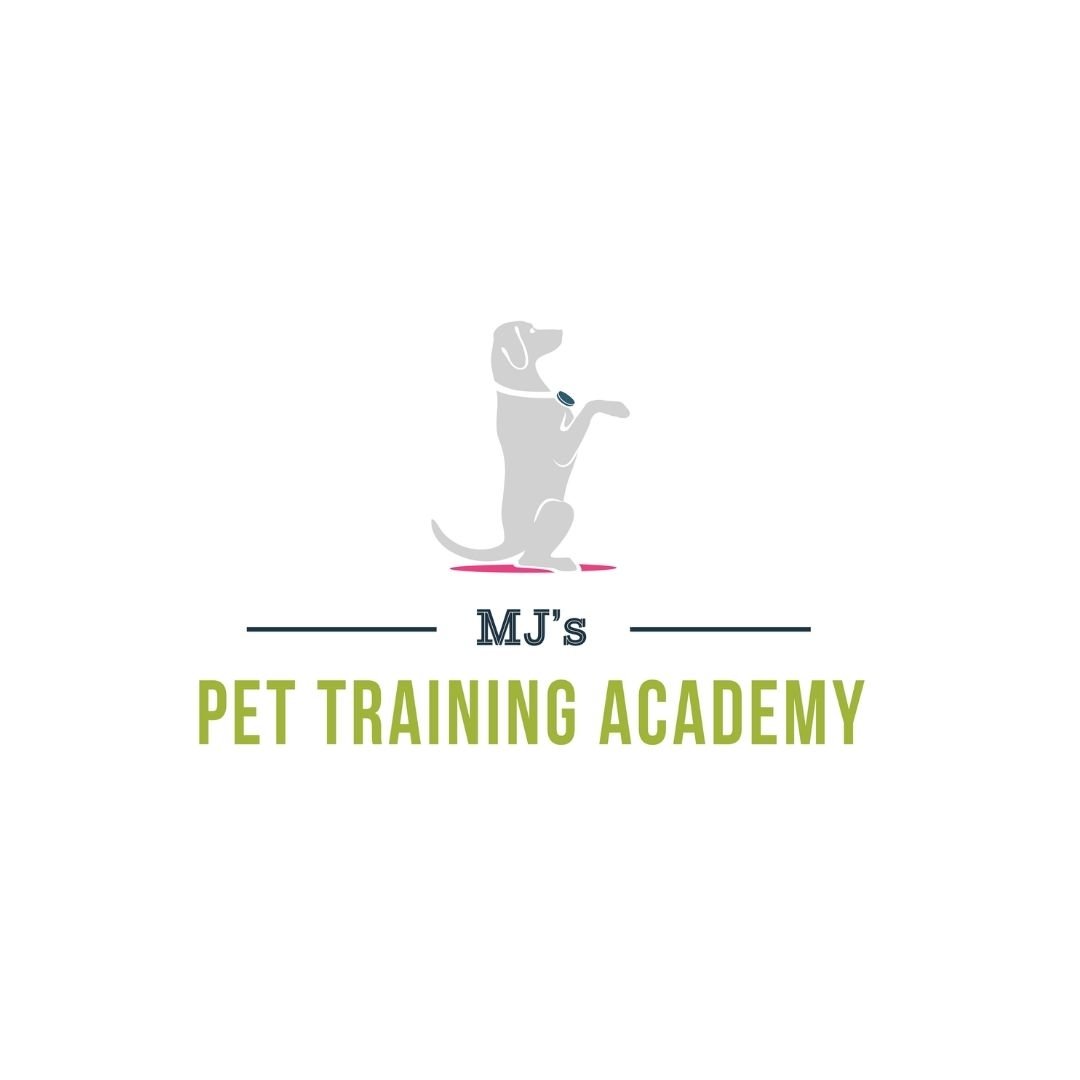How to Stop Your Dog from Chasing Rabbits
You’re reaching for a poop bag when the leash slips from your hand. As it hits the ground, your dog spots a wild rabbit. Do they pause and check in with you—or bolt?
It’s a scenario that can scare even the most seasoned dog owner. Not every dog is driven to chase, but many are naturally drawn to the sudden movement of animals. We can’t avoid distractions in the real world. Instead, we can use them to our advantage. When I see a wild rabbit, my first thought is: Perfect—training time!
If I’m walking a dog on leash and we spot a rabbit, my process is always the same:
A quick check-in with myself.
A quick scan of the dog.
Then, I train through it.
Let’s break that down.
When you see a rabbit, another dog, or anything that might challenge your dog’s calm, your body reacts first. You tense up, shorten the leash, maybe even hold your breath. Your dog notices. Your change in body language can become a cue—telling your dog to start looking for something exciting or threatening. Practice staying relaxed, even if you need to adjust the leash. That’s not easy to do in the moment, so rehearse mentally. Visualize these situations before they happen. Walk through the steps in your head without your dog present. It helps build calm into your routine
Even if you already checked before leaving the house, take a second to glance over your leash and gear. Is the leash secure in your hand? Can you hold it firmly while keeping your shoulders soft and body relaxed? This is another piece worth practicing on its own. Rehearse how you want to hold the leash and move your body in real-world setups. That way, you’re ready when a rabbit pops out of nowhere.
All of this happens in the first few seconds of spotting a distraction. Now, it’s time to train.
One fascinating part of this? Rabbits are pretty predictable. You know they’ll run. You don’t always know when—but it’ll usually be triggered by you or your dog moving or breaking eye contact. That means you have a moment of opportunity. If the rabbit is far enough away and decides to linger, that’s great for training. You need distance to succeed anyway. Take advantage of it.
At the proper distance, I’ll use games. One of my favorites: the “search” marker. When the dog looks at me, I say “search” and toss a treat to the ground. I’m rewarding the dog for looking at me and testing what they’ll do next. Ideally, they eat the treat and then look back at me. That’s the moment I reinforce. I might also encourage movement toward my open palms, using gentle scratching or play as a reward. Movement and sniffing are powerful tools when used intentionally.
For advanced dogs, I’ll practice doing almost nothing. Just existing. When a dog can ignore a rabbit and stay calm without needing a ton of cues—that’s real progress. Calmness in the face of distractions is just as valuable as obedience in response to them.
Practicing Without Rabbits
Don’t wait for the perfect wild rabbit to appear. I use toys as substitutes during practice. A toy on a string works great. I’ll cue “get it” to let the dog grab the toy, and practice dangling or dragging it without permission to chase. Don’t worry, the dog knows it's a toy, you can play the get-it part. We work on ignoring it as it moves. I will also have the dog chase the toy, then give a cue to stop the dog in motion. That’s a tricky one, but great to train.
There are a lot of steps here, but I wanted to share an overview. While we can’t control what animals do in every situation, we can prepare for it.
Training your dog to ignore distractions—including wild rabbits—is a valuable goal. Don’t skip the hard stuff. Often, those are the exact moments your dog needs most.
With a strong foundation, your training can withstand the real world.
I hope you find this helpful as you train your dog.
Please let me know how I can support you and your dog. Private lessons are available in Acushnet and online via video conferencing.
-MJ
